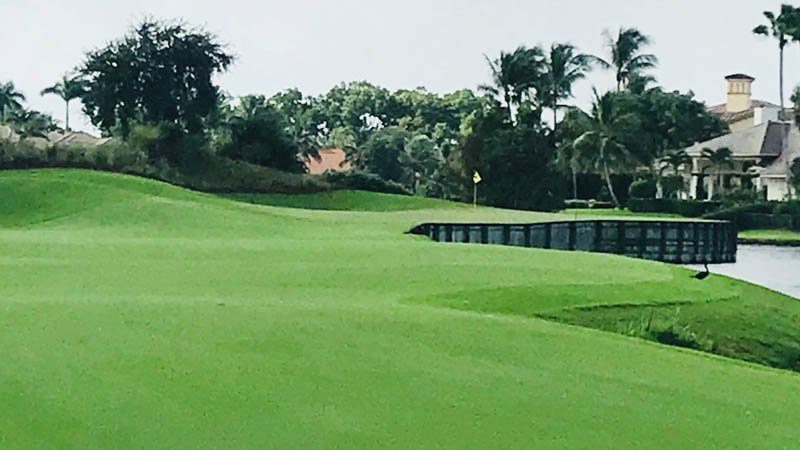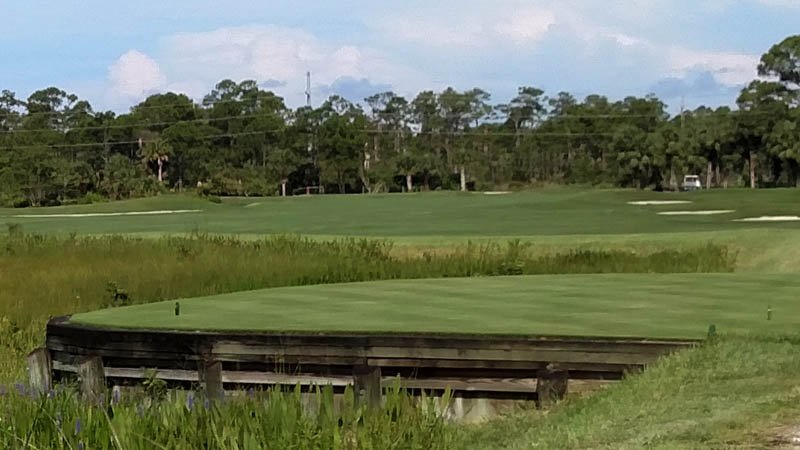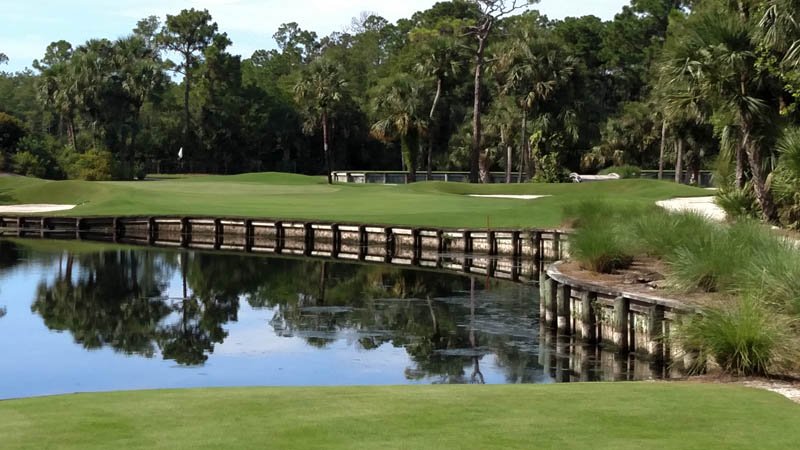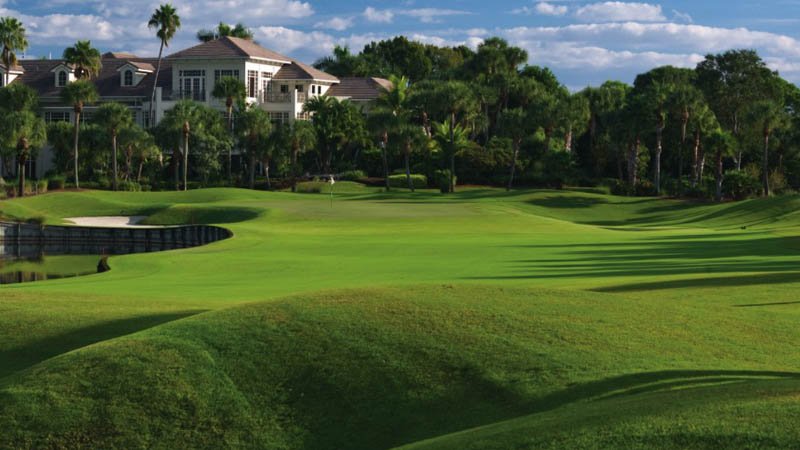
Even for someone who has more than a quarter of a century of experience as a golf course superintendent in multiple countries, there still are opportunities for on-the-job training.
Two years ago, when it was time for a full-scale renovation at the Loxahatchee Club in Jupiter, Florida, Jim Sprankle was looking for a grass that could perform well on tees, fairways and roughs year-round in South Florida. What he settled on was a turf type that up until that time had not been used extensively anywhere in Florida, and his decision to go rogue has touched off a cascade effect of other courses following his lead.
Talk of a renovation began in 2013 at Loxahatchee, a 1984 Jack Nicklaus Signature design. Sprankle, a 27-year veteran of the industry who has managed golf courses in the Philippines and Mexico, began experimenting with various Bermudagrasses and paspalums in hopes of finding something that would outperform the Sea Isle I that he was growing at the time.
"Members were tired of muddy golf balls," Sprankle said. "And they were not getting the roll that they wanted."
He planted Latitude 36 Bermudagrass on the practice range and grew-in a 1-acre plot in the fairway of a short part 4.
"We had it on the range tee right next to Celebration (Bermudagrass) and nine out of 10 golfers were hitting off the Latitude 36. They loved it," he said. "Then we planted a fairway with it and played through the next season."
It's like hitting through butter. Divots just explode off the club. Everyone loved it.
Developed by breeders at Oklahoma State University, Latitude 36 exhibits a fine texture and upright growth characteristics that Sprankle said reminds him of creeping bentgrass. As its name implies (think 36 degrees latitude here), it was bred for cold and wear tolerance that make it suited for use in the transition zone and beyond. It is recommended for use in a wide swath of the country that stretches from Southern California, Texas and Florida to the South and as far north as Nebraska, Illinois, Ohio, Pennsylvania and New Jersey.
Recommended mowing height ranges from one-half to one-and-a-half inches (or shorter, depending on who you ask). It does not require much water and also performs well under shade.
But it is Latitude's resemblance to bentgrass that has made it a hit at Loxahatchee, Sprankle said.
"It's not stoloniferous. All recovery is through the rhizomes," he said. "It's like hitting through butter. Divots just explode off the club. Everyone loved it."
Fast forward to 2016, and Sprankle grew in Latitude 36 wall-to-wall, except on greens, in what is reported to be the first extensive use of Latitude 36 on any golf course in Florida.
"It is bred for the transition zone. It likes cooler temperatures, so we went wall-to-wall because we didn't want to risk contamination," Sprankle said.
"I've worked around the world and back, and this is the most beautiful Bermudagrass I've ever seen. It looked good on a small trial, but to put it out on the whole golf course is a different story. What sold me was planting it on an entire fairway. I was able to test herbicides, pre-emergent fungicides, height of cut, cultural practices. With just a couple of pallets you can't do that."
Sprankle mows tees down to 0.350 inches, and said Latitude is more tolerant to drought and traffic than the other varieties he tested.

"It has more of a lime green color like 419, and that is fine for us," he said. "Our club is not about color; playability is our main concern. We have an old irrigation system, and a lot of times we don't know we have a problem until we have a hot spot. This grass bounces back well, whereas paspalum could take months to recover."
About the same time Loxahatchee was going through a renovation, so too was nearby Old Marsh Golf Club. Superintendent Tony Nysse also was looking for a new grass for the fairways and rough areas at the 1987 Pete Dye design nestled among 400-plus acres of environmentally sensitive wetlands in Palm Beach Gardens.
After the club tested several varieties, the decision there too was made to grass with Latitude 36.
Celebration didn't have the wow factor members were looking for, and zoysias that were tested there lacked the desired traffic tolerance and were susceptible to encroachment from common Bermuda types.
Where was the farthest south I'd heard of it? I don't know. Oklahoma?
"This is an environmentally sensitive area, and the thought of making 12 or even 15 herbicide applications to keep out off types did not seem like a sound solution," Nysse said.
"2015-16, that was an El Niño year, and (Latitude 36) was phenomenal. It required few inputs and members liked it. It took a good renovation and put it over the top."
Other than at Loxahatchee up the road, Nysse had not heard of Latitude 36 in Florida.
"Where was the farthest south I'd heard of it? I don't know. Oklahoma?" he said.
Latitude 36 has become a favorite on sports fields in locations as far north as Cincinnati and as far east as Philadelphia.
Although the grass performed well under trial conditions in South Florida, Nysse, too, couldn't help but feel he was taking a chance.
"Oh yeah, I had several people ask me why did I go with a grass that was unproven across the entire golf course," he said. "We at least had a neighboring course going through this at the same time."
That skepticism on the part of others has since turned to optimism.
Since Loxahatchee and Old Marsh made the move to Latitude 36, several other courses throughout Florida have followed. Sprankle said superintendents and others from no fewer than 30 golf courses have toured Loxahatchee to get a better look at the grass in real-world conditions.
"I was sticking my neck out putting it on 70 acres on the golf course, and I was concerned," Sprankle said. "But, grass is grass. You eventually figure it out."



